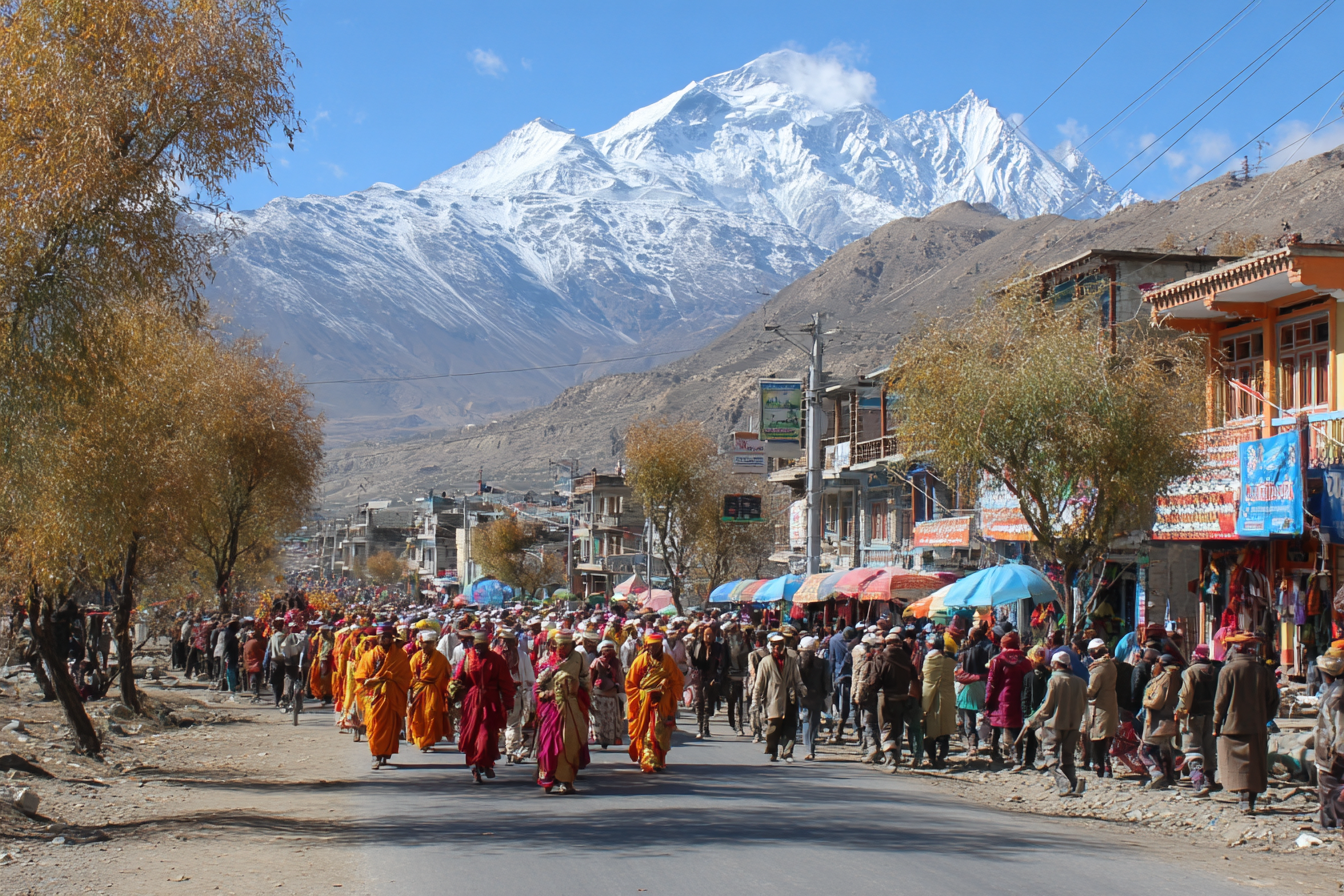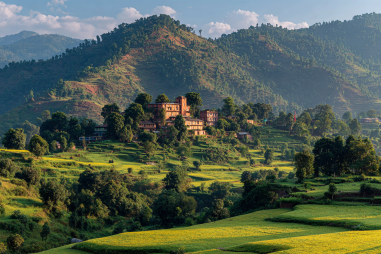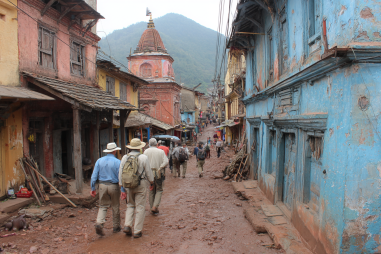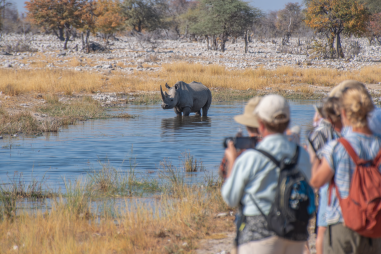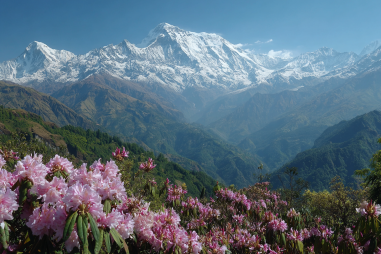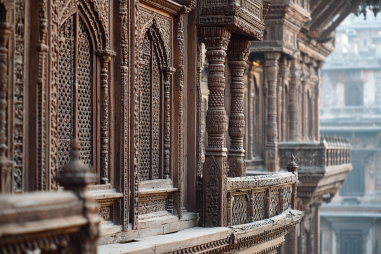Jomsom, situated in the heart of Nepal’s Annapurna region, is not just a gateway to some of the most breathtaking Himalayan treks but also a vibrant center of rich cultural traditions. Throughout the year, this charming town hosts a variety of festivals and events that attract visitors eager to experience the local way of life and celebrate centuries-old customs. These festivities highlight the harmonious blend of Tibetan Buddhist and Hindu influences that shape Jomsom’s unique cultural landscape. Whether you’re a cultural enthusiast, a photographer, or simply a curious traveler, joining in these celebrations offers an unforgettable glimpse into the Himalayan spirit.
Overview of Major Jomsom Festivals
Jomsom’s festivals are deeply embedded in local beliefs and the agricultural calendar, often centered around monasteries and village squares where the community gathers. Among the most significant celebrations is the Tiji Festival, a vibrant three-day event that commemorates the mythical tale of good triumphing over evil. Other notable festivals include Losar, the Tibetan New Year, and various harvest festivals that mark important seasonal transitions. These events not only bring locals together but also invite tourists to experience the communal joy, traditional music, dance, and rituals that define Jomsom’s cultural identity.
Dates and Significance of Events like Tiji Festival
The Tiji Festival is held annually in Lo-Manthang, but its influence and celebrations ripple down to Jomsom as well, usually between late May and early June, depending on the lunar calendar. This three-day festival reenacts a traditional Buddhist myth involving a heroic monk who defeats a demon to restore peace. The timing of Tiji coincides with the end of winter and the beginning of summer, symbolizing renewal and purification for the community. Other festivals like Losar typically occur between February and March, marking a fresh start with prayers for prosperity and health in the new year. Harvest festivals, often in autumn, celebrate the success of the season’s crops and include communal feasts, dances, and rituals giving thanks to the earth and deities.
Traditional Customs and Rituals
During these festivals, traditional customs play a vital role in preserving cultural heritage. One of the most mesmerizing aspects is the masked dances, where locals don elaborate costumes representing deities, demons, and animals. These dances are not mere performances but are considered sacred rituals meant to ward off evil spirits and bring blessings. Monks conduct intricate pujas (prayer ceremonies) invoking protective energies, with rhythmic chanting and the use of prayer wheels and fluttering prayer flags enhancing the spiritual atmosphere.
Another customary practice involves offering food, incense, and symbolic items at the monasteries. Community members also dress in their finest traditional attire, including thick woolen garments and jewelry, to honor their ancestors and the gods that watch over them. Respect for elders and guests is central, with hospitality reflecting deep-rooted Himalayan values.
How to Participate Respectfully
Visitors eager to partake in Jomsom’s festivals should approach with respect and sensitivity to local customs. Here are some important tips to ensure a meaningful and courteous experience:
- Seek permission before photographing: Many rituals and sacred dances are private or considered holy, so always ask monks or locals before taking photos.
- Dress modestly: Wear traditional or modest clothing that covers shoulders and knees as a sign of respect in religious settings.
- Respect rituals: Observe and follow instructions from hosts during ceremonies; avoid touching sacred objects or interrupting prayers.
- Engage with locals: Show genuine interest in traditions by asking polite questions and listening to shared stories.
- Avoid commercializing rituals: Support authentic cultural expressions rather than staged shows created solely for tourists.
By embracing these respectful practices, travelers can gain deeper insight and forge meaningful connections with the community.
Festival-Related Travel Tips
Timing your visit to coincide with a festival can greatly enrich your travel experience. Since many festivals fall based on the lunar calendar, confirming dates beforehand is essential. Local guesthouses and trekking agencies typically help coordinate festival tours, so booking in advance during festival season is recommended.
Weather in Jomsom varies dramatically, with winters being cold and windy and summers bringing occasional rain. Pack accordingly with layered clothing and sturdy footwear suitable for both cultural visits and trekking excursions. Also, prepare for limited internet connectivity and basic amenities in remote areas—embrace the opportunity to unplug and immerse yourself fully in the cultural environment.
Transportation to Jomsom is usually via small aircraft from Pokhara or overland journeys through scenic mountain roads. During festivals, roads may become crowded or altered for processions, so allow extra travel time. Carry some Nepali rupees in cash as card payments are often unavailable in rural settings.
Local Food and Entertainment During Festivals
Food during Jomsom’s festivals is an essential part of the celebrations. Traditional offerings consist of hearty Tibetan dishes like thukpa (noodle soup), momo (dumplings), yak cheese, and barley-based staples such as tsampa. During festival days, communal feasts are common, fostering a sense of unity. Sweet treats and butter tea circulate freely, symbolizing warmth and hospitality.
Entertainment extends beyond ritual dances to include lively folk music, storytelling, and, sometimes, local sports. Flutes, drums, and horns fill the air, accompanying dancers in colorful costumes. Villagers perform songs passed down through generations, expressing hopes, historical tales, and humorous anecdotes. Visitors often find themselves encouraged to join in, creating an open, joyous atmosphere where cultural exchange thrives.
Photographer’s Guide to Festivals
For photographers, Jomsom’s festivals offer a treasure trove of vivid subjects and candid moments. To capture the essence:
- Focus on details: Intricate costumes, jewelry, and ritual objects reveal the depth of craftsmanship and symbolism.
- Use natural light: Early mornings and late afternoons provide soft, atmospheric lighting perfect for portraits and landscapes.
- Respect privacy: Approach subjects with a polite demeanor, and avoid intrusive shots during sacred ceremonies.
- Capture motion and emotion: Dance performances and crowd interactions offer dynamic compositions filled with life.
- Be patient: Festivals unfold over hours or days, so allow time to observe and find the right moments.
Remember, your camera should be a tool to share and celebrate Jomsom’s heritage, not to exploit or disrespect it. Engaging with locals before photographing often results in richer, more genuine images.
Experience the Cultural Heartbeat of Jomsom
Joining in the festivals and events in Jomsom means stepping into a living tradition that honors Himalayan beliefs, artistry, and community spirit. These celebrations are more than just colorful spectacles; they are expressions of identity, resilience, and harmony with nature. Whether you witness the thrilling Tiji dances, savor community meals, or simply sit among locals listening to ancient stories, you become part of a narrative that has thrived for centuries in this breathtaking mountain enclave.
By approaching these experiences with respect and curiosity, travelers not only enrich their own journey but also help preserve and honor the fragile cultural fabric of the Himalayas. So plan your visit around Jomsom’s festivals, open your heart to new customs, and celebrate the vibrant traditions that make this Himalayan town truly unforgettable.

